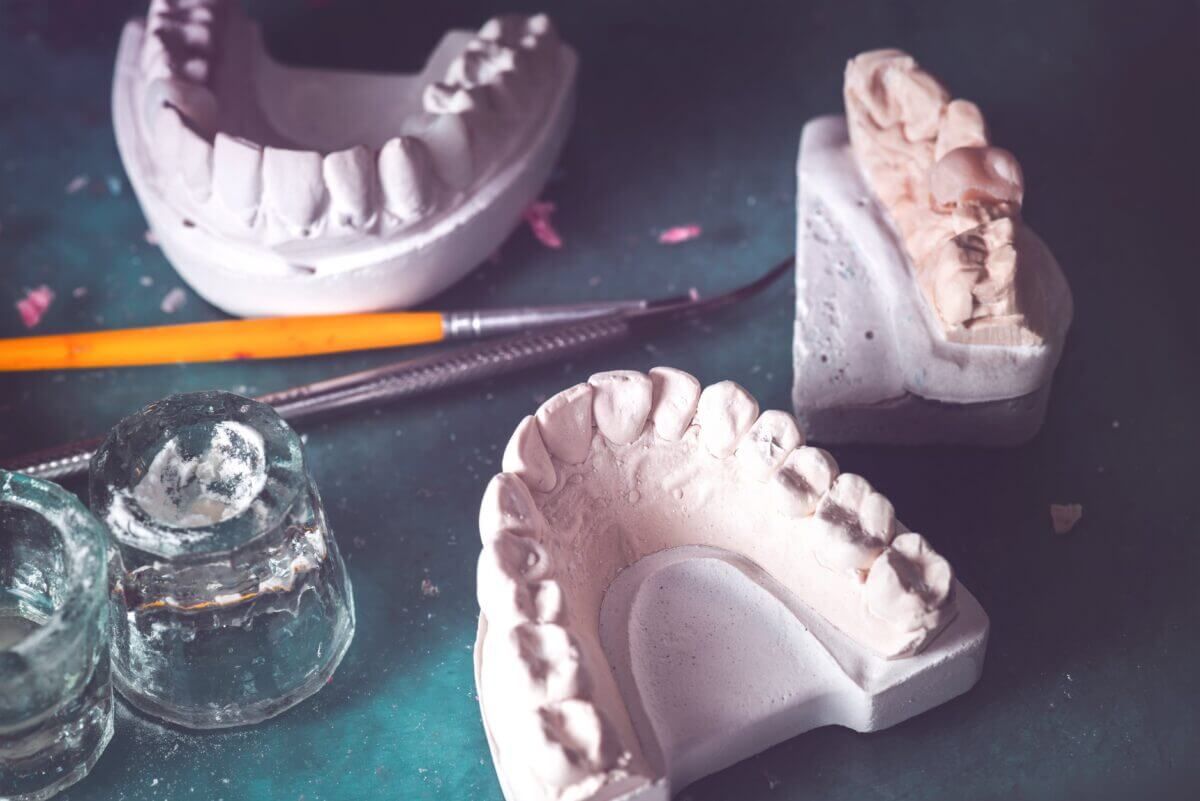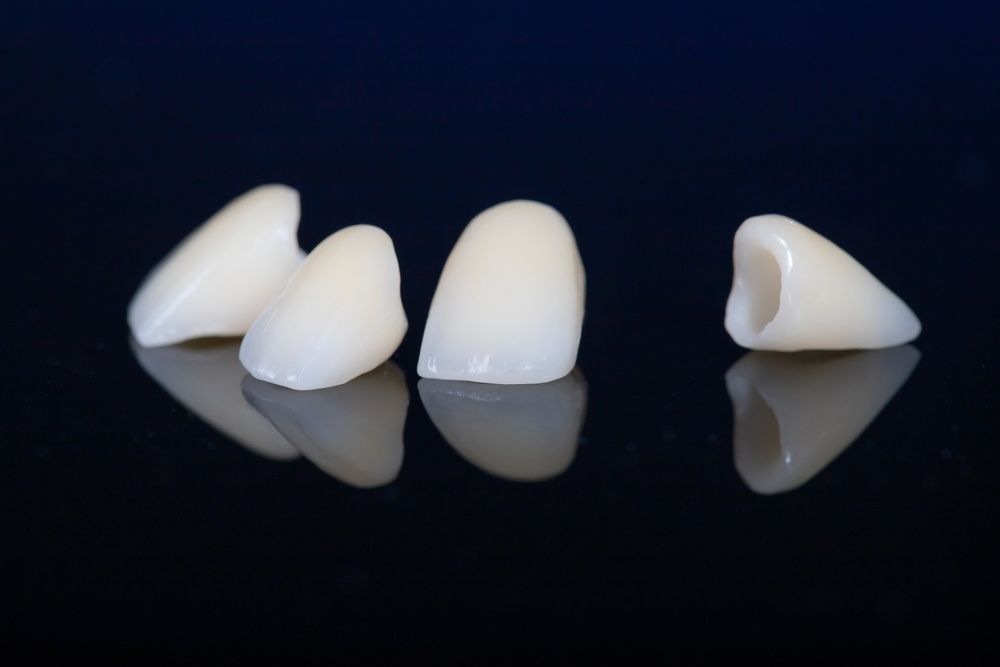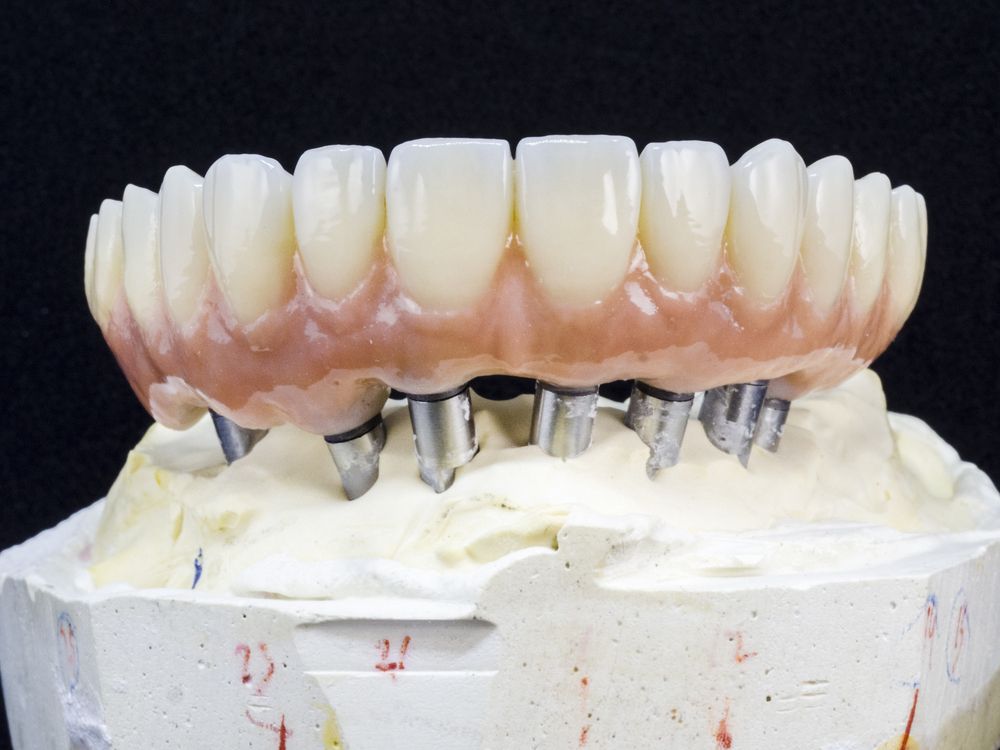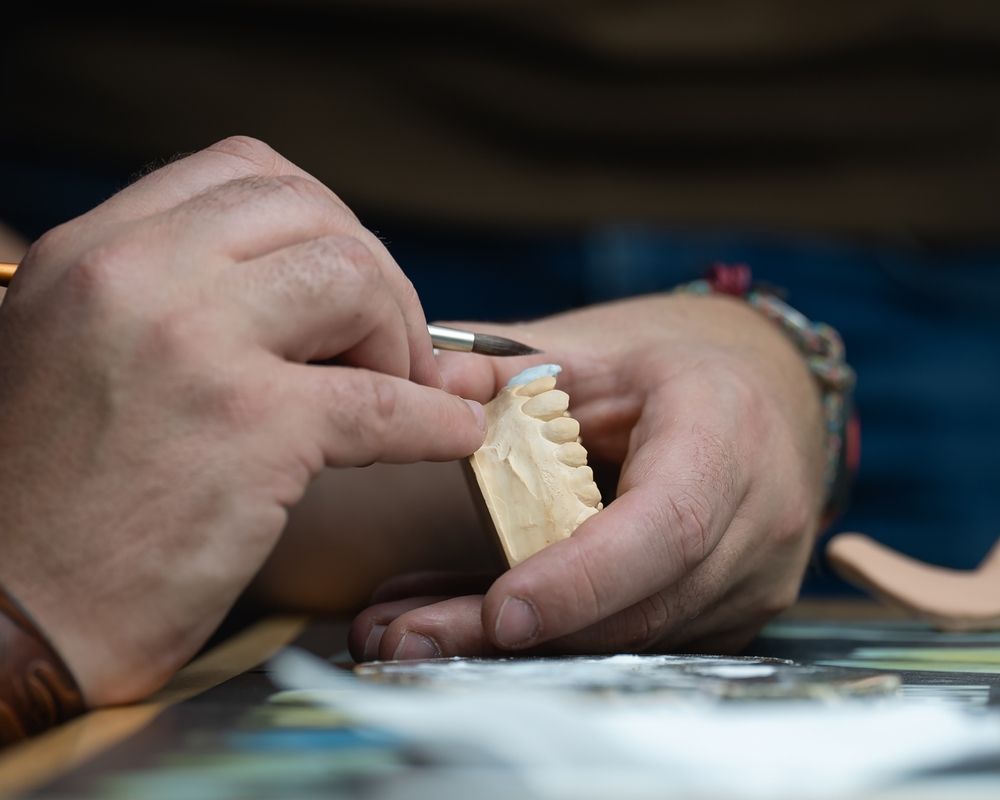When it comes to dental health, temporary restorations play a pivotal role in maintaining a patient’s comfort and oral functionality. Temporary restorations, such as crowns, bridges, and veneers, are essential components in the dental treatment process. However, what many patients may not realize is that the fabrication of these temporary restorations is a complex and highly specialized task, often carried out by dental laboratories. In this blog, we will explore the indispensable role dental labs play in creating temporary restorations and how their craftsmanship contributes to successful dental treatments.
Understanding Temporary Restorations
Temporary restorations are crucial in bridging the gap between a patient’s initial dental visit and the final placement of permanent restorations. Indirect restorations, such as crowns, bridges, and veneers, are custom-made dental prosthetics crafted in a dental laboratory to replace or restore damaged or missing teeth. These restorations offer several advantages, including superior aesthetics, durability, and a precise fit. However, they require time for fabrication, often taking a few days to a few weeks, depending on the complexity. This is where temporary restorations become essential. Temporary restorations serve as placeholders during the interim period between the preparation of the tooth and the placement of the final, custom-made indirect restoration.
They serve several essential functions:
- Protection: Temporary restorations protect exposed tooth structures from further damage, decay, or sensitivity while awaiting permanent restorations.
- Aesthetic and Functional Continuity: They maintain the patient’s appearance and oral functionality while the permanent restorations are being fabricated.
- Assessment of Fit and Function: Temporary restorations offer a valuable opportunity for both the dentist and the patient to evaluate the fit, comfort, and functionality of the planned permanent restoration.
The Role of Dental Labs
Dental laboratories are the unsung heroes in the field of dentistry, playing a pivotal role in creating temporary restorations that are vital for the overall success of dental treatments. Here are some key aspects of their involvement:
Customization and Precision:

Dental laboratories play a pivotal role in the creation of custom and precise temporary restorations. These highly specialized facilities are equipped with advanced technology and skilled technicians who work closely with dentists to craft temporary restorations that closely mimic the patient’s natural teeth. Dental labs ensure that these restorations are not just functional but also aesthetically pleasing, as they must seamlessly blend with the patient’s smile. Using the patient’s dental impressions, dental labs meticulously shape and mold temporary restorations, taking into account factors like bite alignment, color, and overall tooth anatomy. This level of customization and attention to detail is crucial in maintaining the patient’s comfort and oral health during the period between tooth preparation and the placement of permanent restorations, ultimately contributing to the overall success of dental treatments.
Material Selection:
Dental labs play a vital role in selecting the appropriate materials for temporary restorations, a decision that directly impacts the longevity and functionality of these interim prosthetics. Dental technicians in these labs possess extensive knowledge of dental materials and their properties, allowing them to choose materials that strike a balance between durability and aesthetics. These materials must be robust enough to withstand daily wear and tear while also offering the necessary protection to the prepared tooth. Dental labs take into account factors such as the patient’s specific case, the location of the restoration, and the anticipated time frame for the temporary restoration’s use. Their expertise ensures that the chosen materials provide adequate strength and stability while maintaining an appearance that closely resembles natural teeth, contributing to both the patient’s comfort and confidence during the period leading up to the placement of permanent restorations.
Time Efficiency:
Dental labs are renowned for their time efficiency in fabricating temporary restorations. They understand the urgency of the situation, recognizing that patients rely on these interim prosthetics to maintain oral health, function, and aesthetics. Leveraging advanced technology and streamlined workflows, dental labs can often produce high-quality temporary restorations within a relatively short timeframe. They prioritize prompt communication and collaboration with the referring dentist to ensure that the patient’s needs are met without unnecessary delays. This commitment to efficiency enables patients to benefit from well-crafted temporary restorations that help bridge the gap between initial dental procedures and the placement of permanent solutions, minimizing discomfort and disruptions to their daily lives.
Collaboration with Dentists:
Collaboration between dental labs and dentists is a fundamental aspect of the successful fabrication of temporary restorations. These two entities work in tandem to ensure that the patient receives the highest standard of care. Dentists provide detailed clinical information, including impressions and specifications, while dental labs utilize their expertise and advanced tools to translate this information into precisely tailored temporary restorations. Communication is paramount throughout the process, as dentists and dental technicians exchange feedback and insights to refine the design, fit, and aesthetics of the interim prosthetics. This partnership ensures that the temporary restorations not only offer functional support but also blend seamlessly with the patient’s natural teeth, enhancing overall satisfaction and paving the way for the eventual placement of permanent restorations.
Conclusion
The fabrication of temporary restorations is a highly specialized task that demands precision, skill, and collaboration between dental labs and dentists. Temporary restorations serve as a critical intermediary step in various dental treatments, contributing to a patient’s overall comfort, oral health, and satisfaction. Without the expertise and craftsmanship of dental labs, the journey to a beautiful and healthy smile would be far more challenging.




